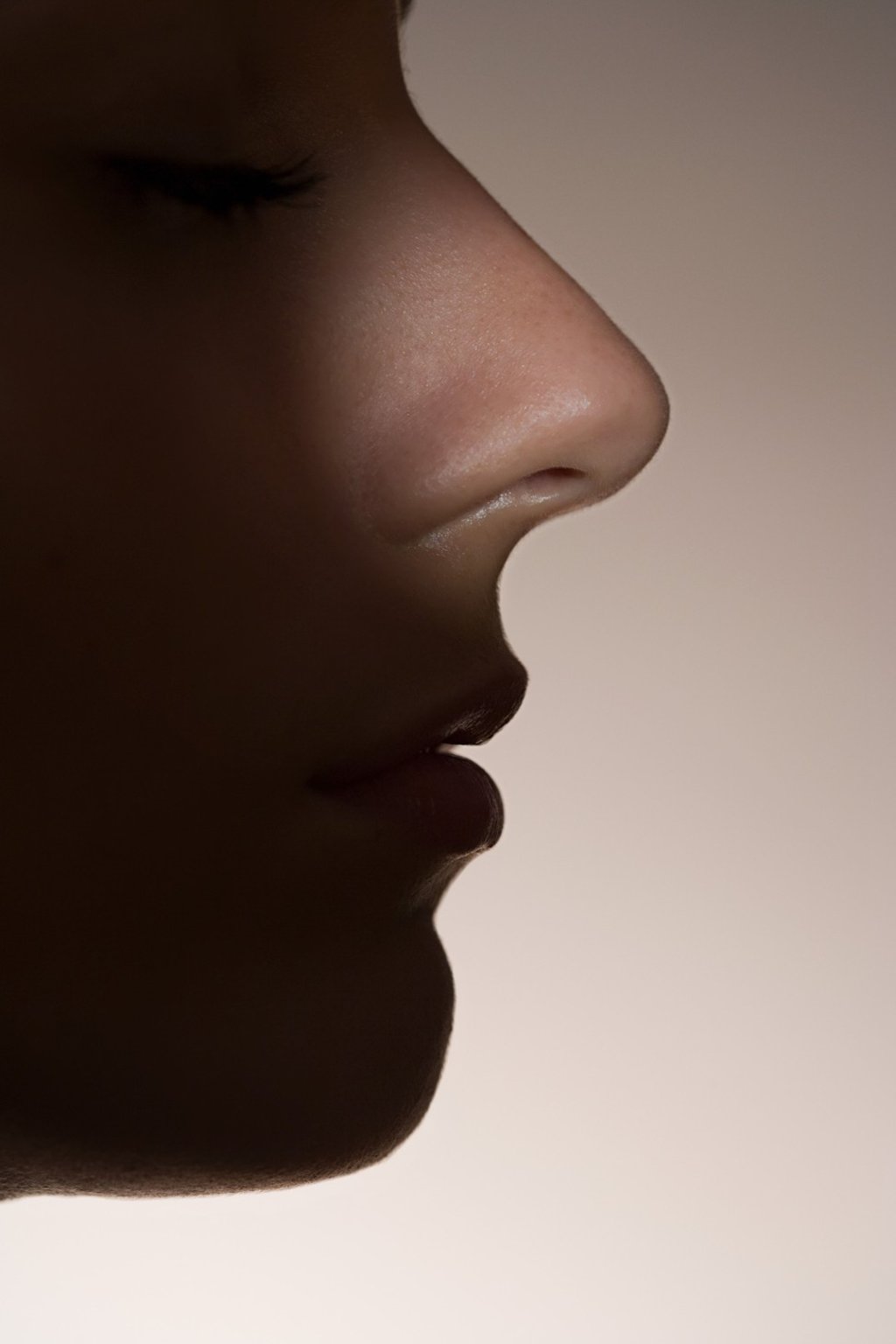How to breathe properly during heavy exercise (you’re probably doing it all wrong)
- Breathing through the nose has advantages over mouth breathing: it allows more oxygen to be released and filters allergens
- It also helps with relaxation, lowers stress and speeds up post-exercise recovery

Imagine yourself exercising: running, hiking, dancing, lifting weights – whatever you like to do. Picture yourself pushing to a maximum intensity. Now, ask yourself: are you breathing out of your nose or mouth?
If you are like most exercisers, you breathe through your mouth, especially as the intensity of the exercise mounts. But experts are learning that breathing through the mouth may not be as efficient or effective as breathing through the nose.
The nose is built with a specific purpose: to support our respiratory system (the primary purpose of the mouth, on the other hand, is to start the digestive process). The nostrils, hair and nasal passageways are designed to assist in filtering allergens and foreign bodies from entering the lungs. The nose also adds moisture and warmth to air for smoother entry to the lungs.
Nasal breathing, as opposed to mouth breathing, has another important advantage, especially for effective and efficient exercise. It can allow for more oxygen to get to active tissues. That is because breathing through the nose releases nitric oxide, which is necessary to increase carbon dioxide (CO2) in the blood, which, in turn, is what releases oxygen. Mouth breathing does not effectively release nitric oxide, which means the cells are not getting as much oxygen as through nasal breathing, which could lead to fatigue and stress.

A recent study demonstrated this. The study tested 10 runners, male and female alike, who for six months used nasal only breathing while exercising. Participants were put through standardised testing, once with nasal breathing and then with mouth breathing, to compare their maximum oxygen intake rates. They were also tested for various other respiratory and exercise markers, including oxygen and carbon dioxide levels while exercising.